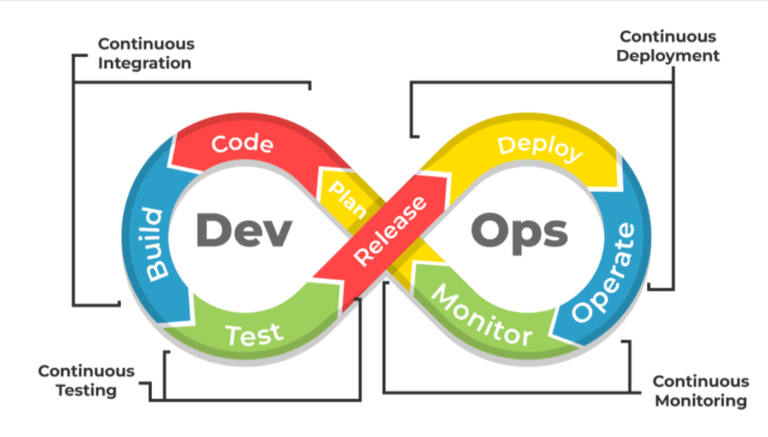Understanding the IP2 Network: A Comprehensive Overview!
The world of blockchain and decentralized networks is rapidly evolving, and one name making waves in the ecosystem is the IP2 Network. As digital infrastructure continues to shift toward decentralized models, the IP2 Network emerges as a solution designed to bridge the gap between peer-to-peer networking, data privacy, and scalable communication systems.
In this article, we’ll explore what the IP2 Network is, how it works, its core features, benefits, and how it could shape the future of decentralized technology.
What is the IP2 Network?
The IP2 Network is a decentralized peer-to-peer (P2P) communication protocol and network infrastructure that enables secure, private, and scalable communication between nodes without relying on centralized servers. The name “IP2” stands for Internet Protocol version 2, symbolizing a next-generation layer built on top of the current internet architecture.
Unlike traditional networking protocols that depend heavily on centralized intermediaries, the IP2 Network facilitates direct peer-to-peer connections, reducing latency, improving security, and providing resilience against censorship and failures.
Core Features of IP2 Network
The IP2 Network incorporates several cutting-edge technologies and concepts to deliver an efficient decentralized infrastructure. Here are its key features:
1. Decentralized Routing
IP2 leverages distributed hash tables (DHTs) and other decentralized routing algorithms to ensure data can be transmitted from one peer to another without centralized coordination. This enhances both privacy and scalability.
2. End-to-End Encryption
Security is at the heart of the IP2 Network. All communications are encrypted from the sender to the receiver, preventing third-party interception and ensuring data integrity.
3. Peer Discovery and NAT Traversal
One of the challenges in P2P networking is enabling devices behind firewalls and NATs (Network Address Translators) to connect. IP2 uses intelligent peer discovery and traversal techniques to establish direct connections even in complex network environments.
4. Scalability
IP2 is designed to support millions of concurrent users and devices. By decentralizing control and data flow, the network avoids the bottlenecks and single points of failure found in traditional client-server models.
5. Modular and Open-Source Architecture
The protocol and infrastructure are built to be modular, allowing developers to build on top of IP2 and integrate it into various applications — from messaging apps to IoT systems.
How IP2 Network Works
At its core, the IP2 Network functions like a mesh of interconnected peers. Each node on the network acts as both a client and a server, capable of sending and receiving data. Here’s a simplified overview of how it operates:
-
Node Initialization: When a device joins the IP2 Network, it initializes a node instance that connects to other known nodes to begin participating in the network.
-
Peer Discovery: The node identifies nearby or relevant peers using DHT and network probing techniques. This ensures efficient routing paths are established.
-
Handshake and Encryption: A secure handshake occurs between peers using cryptographic keys. Once verified, data can be transmitted securely using symmetric encryption.
-
Data Transmission: Messages, files, or streams are transmitted using decentralized routing, ensuring data packets traverse multiple peers before reaching the destination, improving resilience.
-
Resource Sharing and Load Balancing: Nodes share bandwidth and processing resources, making the system self-sustaining and scalable.
Use Cases of the IP2 Network
The flexibility and security of the IP2 Network open the door for a wide range of applications across various industries:
1. Decentralized Messaging Platforms
IP2 can be used to build end-to-end encrypted messaging systems without a central server, making them resistant to censorship and surveillance.
2. Blockchain Infrastructure
The network can act as a secure communication layer for blockchain nodes, enabling faster data propagation and reducing reliance on RPC endpoints.
3. Internet of Things (IoT)
IoT devices require lightweight, secure communication protocols. IP2 can provide a framework for direct device-to-device communication without routing through cloud servers.
4. File Sharing
The P2P nature of IP2 is ideal for secure file transfers, similar to how BitTorrent operates but with enhanced security and flexibility.
5. Gaming and Real-Time Apps
Low latency and direct peer connections make IP2 suitable for multiplayer gaming and real-time applications like voice and video chat.
Advantages of Using IP2 Network
Privacy-First Design
Unlike centralized platforms that log user data, IP2 ensures user anonymity and prevents metadata leakage.
Censorship Resistance
There is no central point of control in IP2, making it extremely difficult for governments or entities to block or censor the network.
Reduced Infrastructure Costs
Since the network is maintained by its users (peers), there’s no need for expensive server farms or data centers.
Community-Driven Development
As an open-source project, the IP2 Network encourages contributions from developers, researchers, and enthusiasts to continuously improve the protocol.
Challenges and Considerations
While the IP2 Network offers many benefits, it’s not without challenges:
-
Adoption Hurdles: Transitioning from centralized to decentralized infrastructure can be complex for businesses.
-
Security Risks: Like any P2P network, IP2 must guard against sybil attacks, DDoS, and malicious nodes.
-
Latency and Bandwidth Variability: P2P systems can be less predictable in terms of performance compared to centralized systems.
Ongoing research and community support are critical to overcoming these challenges and optimizing the protocol.
The Future of IP2 Network
As data privacy, decentralization, and digital sovereignty gain prominence, the IP2 Network is positioned as a foundational technology in the new internet era. Whether it becomes the backbone of the decentralized web or powers next-gen communication platforms, its potential is undeniable.
The future may see deeper integration of IP2 with blockchain networks, Web3 applications, decentralized identity systems, and even mesh networking initiatives that provide connectivity without relying on traditional ISPs.
Conclusion
The IP2 Network represents a significant step forward in reimagining how digital communication works. By embracing decentralization, security, and scalability, it empowers users and developers to create robust, censorship-resistant systems for the modern world.
Whether you’re a developer exploring new protocols or an organization seeking more control over your communication systems, the IP2 Network is a technology worth exploring.






